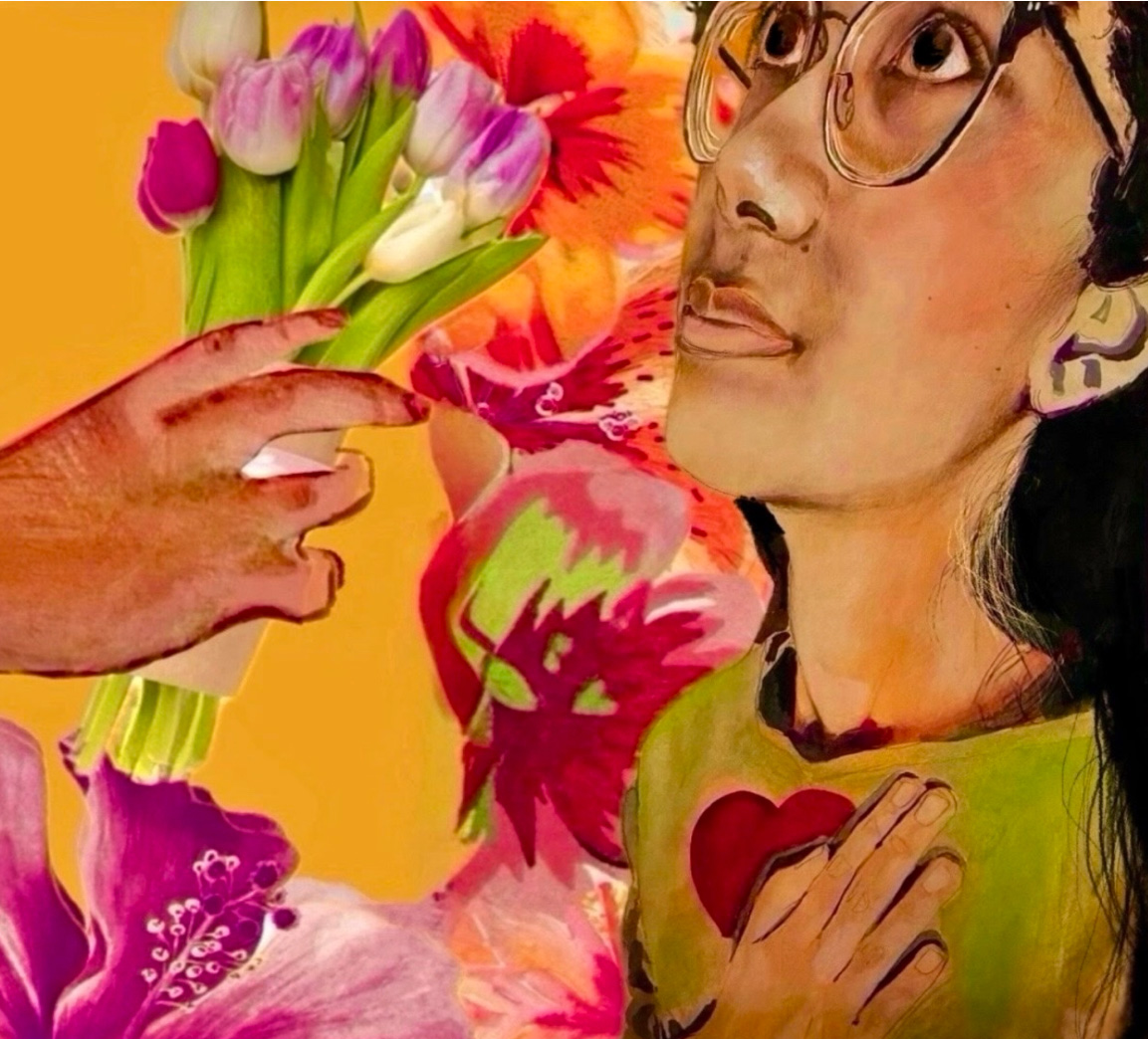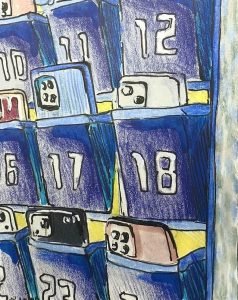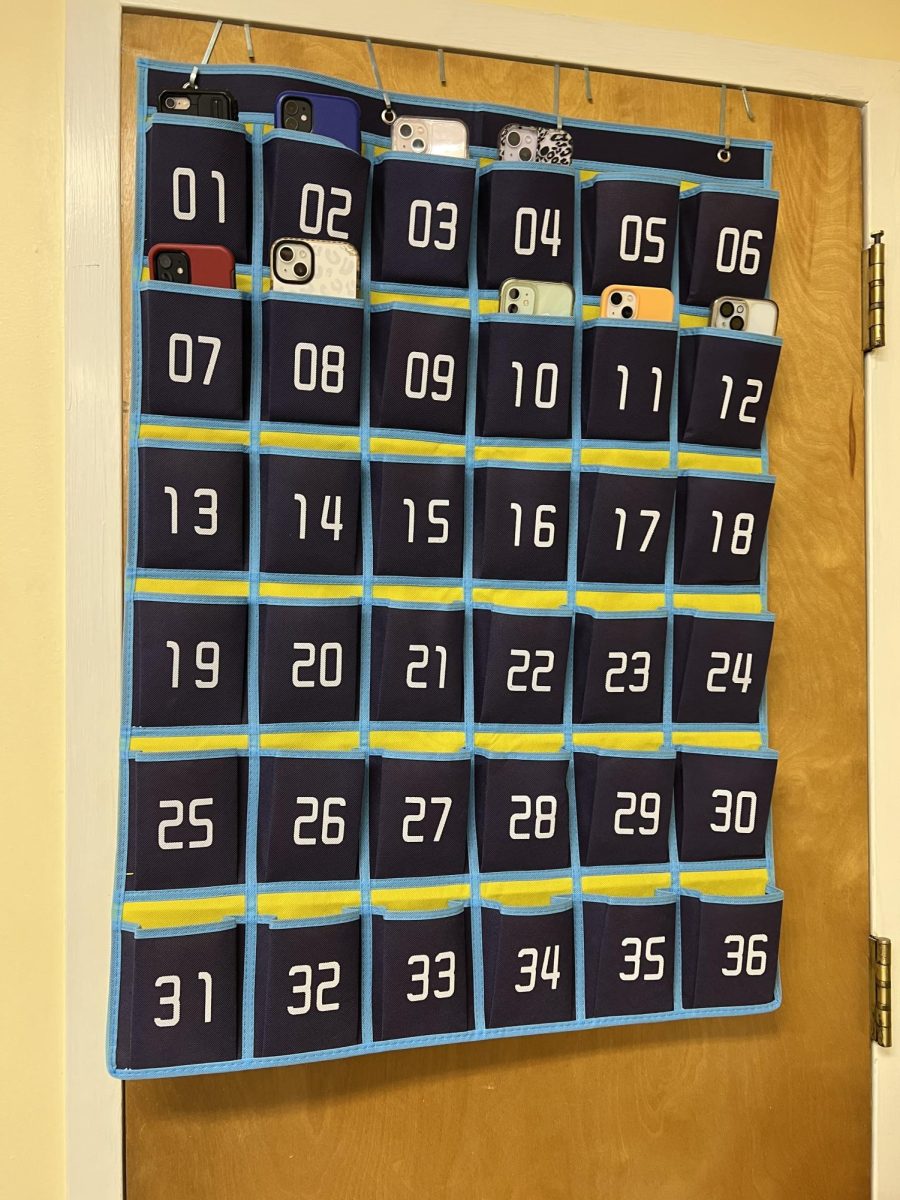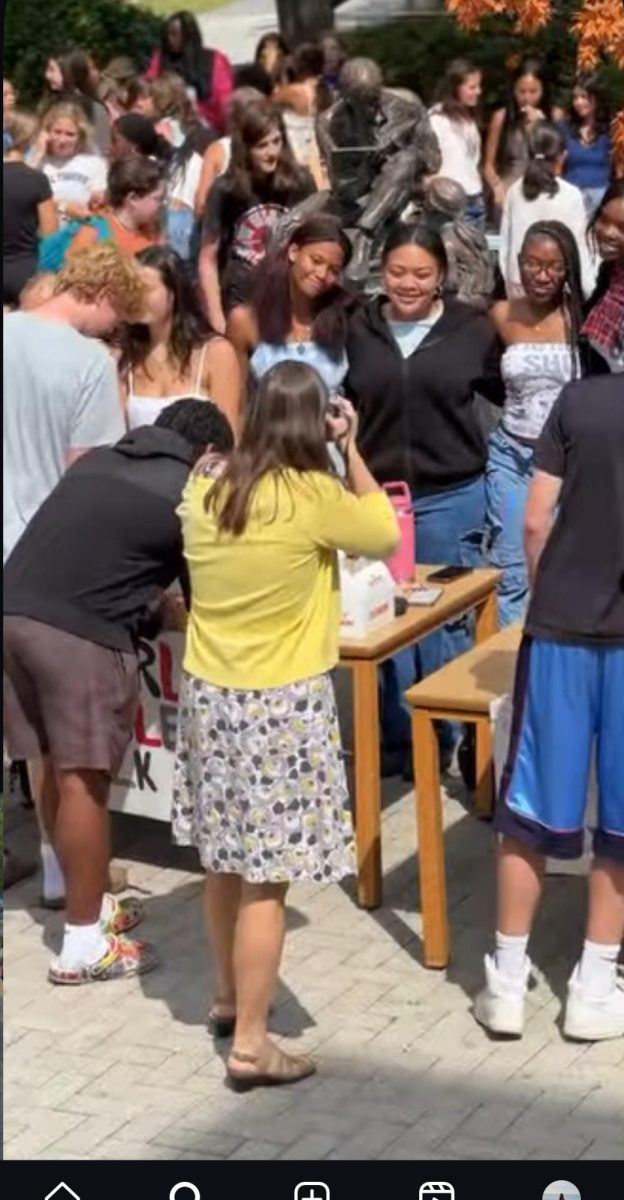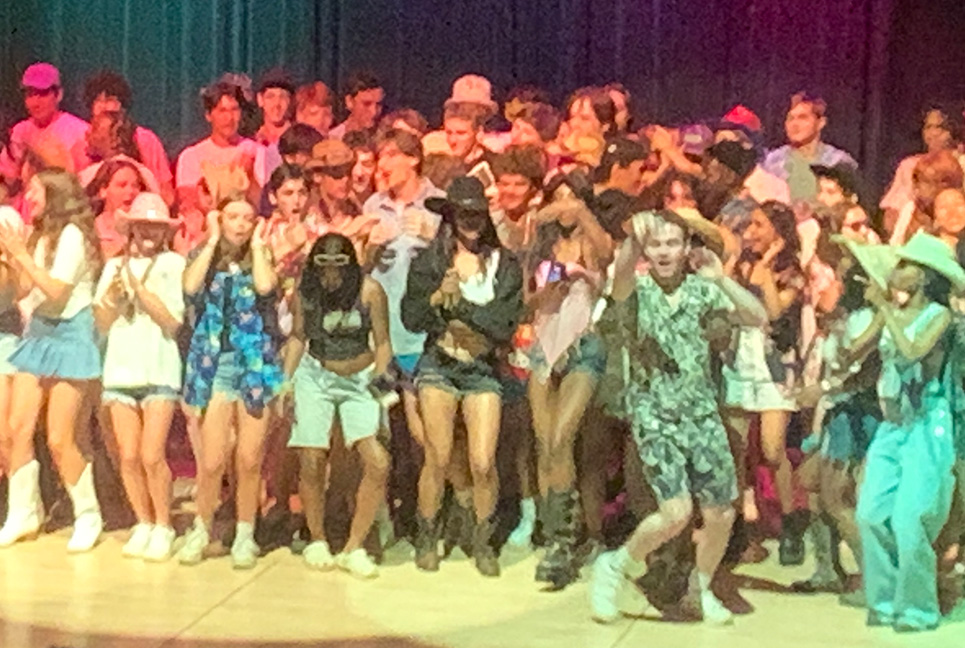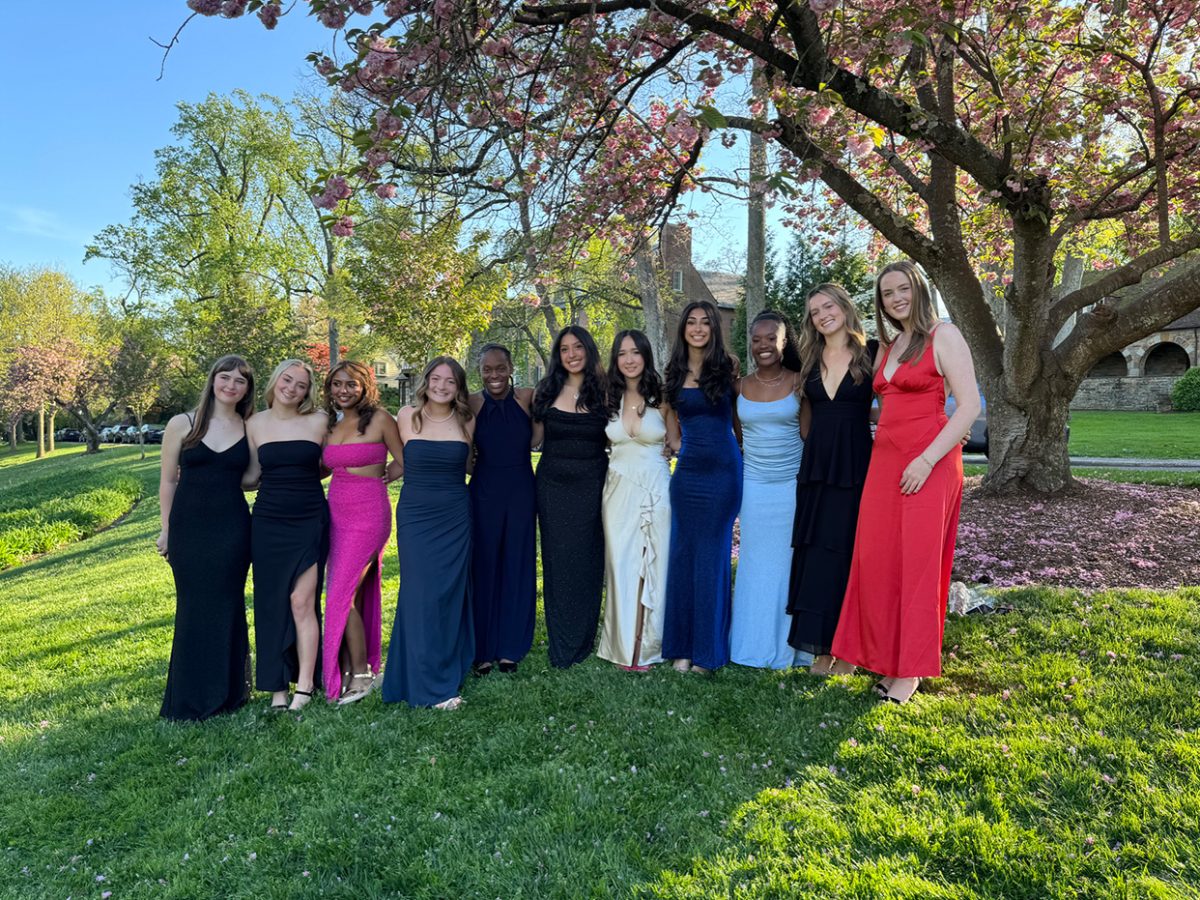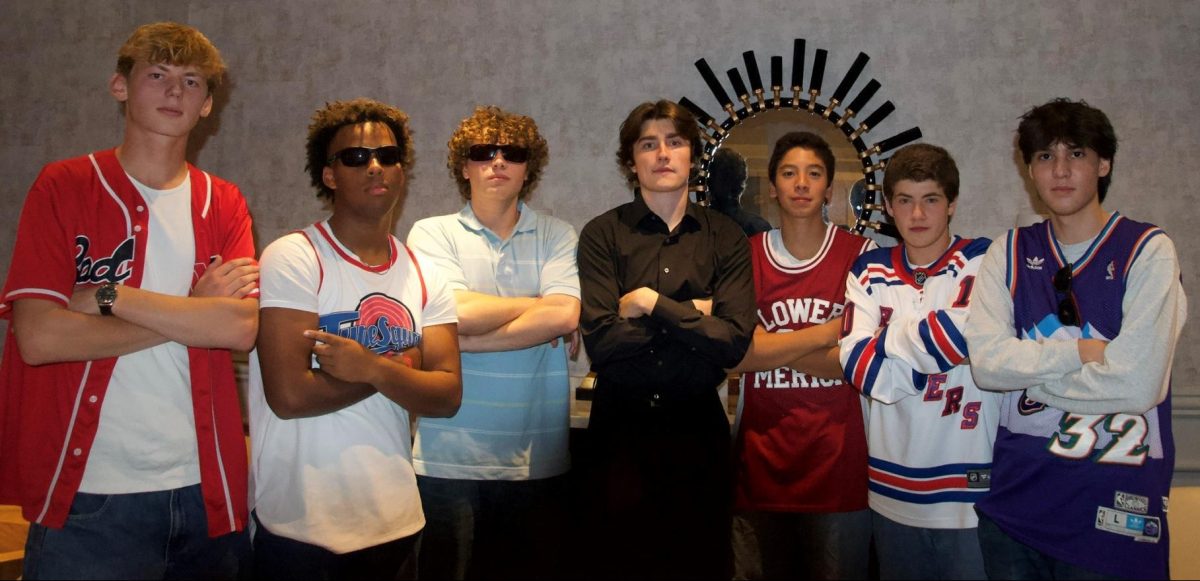Review: ‘Skyhunter’ a Pandemic-Inspired Dystopia
This sci-fi novel mirrors the author’s complicated identity as a Chinese-American woman.
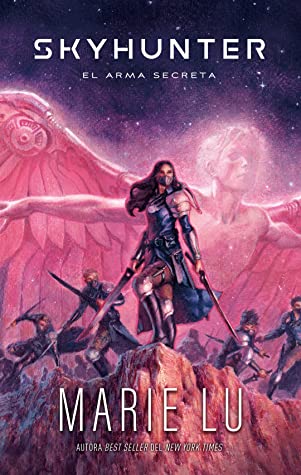
The cover of the Spanish-language translation of Marie Lu’s novel “Skyhunter”
November 2, 2022
Like many books lately, Marie Lu’s Skyhunter is more or less a product of COVID-19. She describes it (and its sequel, Steelstriker) as “dark books, written in dark times.”
Through its unique characters and fear-inducing suspense, the Skyhunter duology stands out among other dystopian novels. Ms. Lu is known for her aptitude and elegance in the dystopian genre, and Skyhunter further proves this point.
Lu illustrates a world ravaged by warfare, built on the ruins of an old civilization readers will recognize as our own. It’s later revealed that we – the Early Ones, as they refer to us in the novel – fell because of a disease no one was able to control.
In this futuristic (though technologically unadvanced) society, Mara is the only nation that has so far escaped the clutches of the Federation, a ruthless government that twists humans into Ghosts. It seems like only a matter of time until they, too, will be conquered.
The Ghosts – former civilians who have been transformed as punishment – are designed to do the Federation’s bidding, namely to kill. They are terrifying creatures, their skin rotting and strewn with cracked rivulets of blood. Their fangs give them the power to kill.
Once bitten, a victim will begin their own transformation into a Ghost. As they change, they lose any autonomy. Their mind is already becoming property of the Federation.
Mara appears to be fighting an impossible war against these creatures, where defeat is an inevitability – a question of when, not if.
But when a prisoner of war is found fleeing the cruelty and experiments of the Federation, he proves not only to be a weapon for Mara, but to contain the secret to the Federation’s defeat.
And at the center of all of this is Talin, a Striker. An elite fighting force dedicated to protecting Mara, Strikers are the only characters who can kill Ghosts.
But Talin is also a refugee. Despite the fact that she dons the sapphire cloak of the Strikers, many still look down on her.
Talin feels out of place not only among Strikers, but also with the other refugees, who view her Striker uniform as a betrayal of their people. This storyline mirrors Marie Lu’s complicated identity as a Chinese-American woman.
Talin fled to Mara at the age of eight, mute, her vocal chords destroyed by the war. Lu arrived in Texas from Beijing around the same age, unable to speak the language. Talin’s difficulty communicating, even when she learns sign language, is an essential part of the novel, and echoes Lu’s experience upon coming to America.
The impact of Lu’s early life in China also shines through in the novel. Growing up during the Cultural Revolution, under brutal Communist leader Mao Zedong, Lu’s mother would have endured difficult conditions due to the repressive government. Further, Lu explained in an NPR interview, as a child she herself was exposed to harsh sights: of soldiers and tanks preparing for what would become the 1989 Tiananmen Square Massacre.
These themes of oppression and warfare are no doubt present in Skyhunter. Lu’s past, along with the sure influence of the pandemic, have made for an engaging read concluded with a startling cliffhanger–that will simply force you to read the sequel.


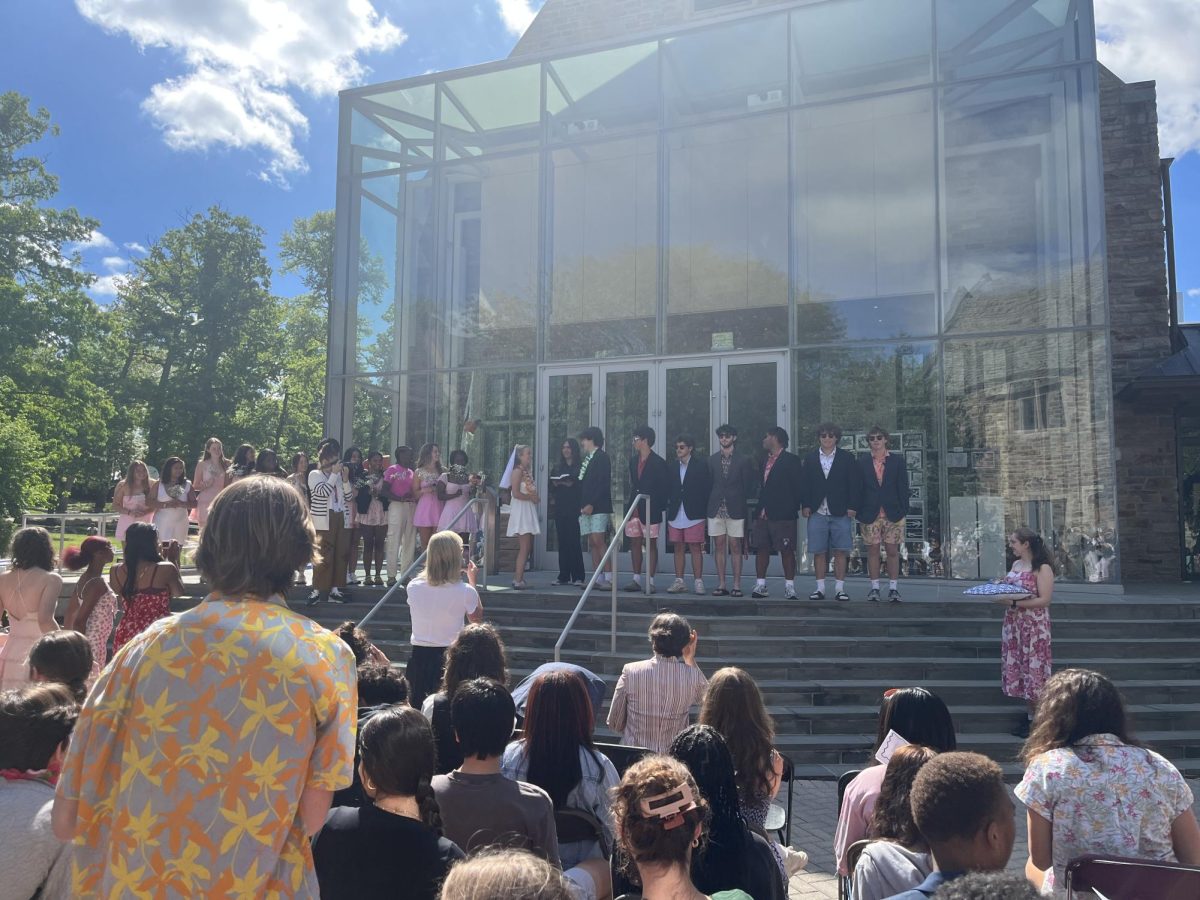
![A Phone Ban at Friends? [Podcast]](https://thequakerquill.org/wp-content/uploads/2025/05/magenta-VrRT19_ZjUY-unsplash-1200x900.jpg)
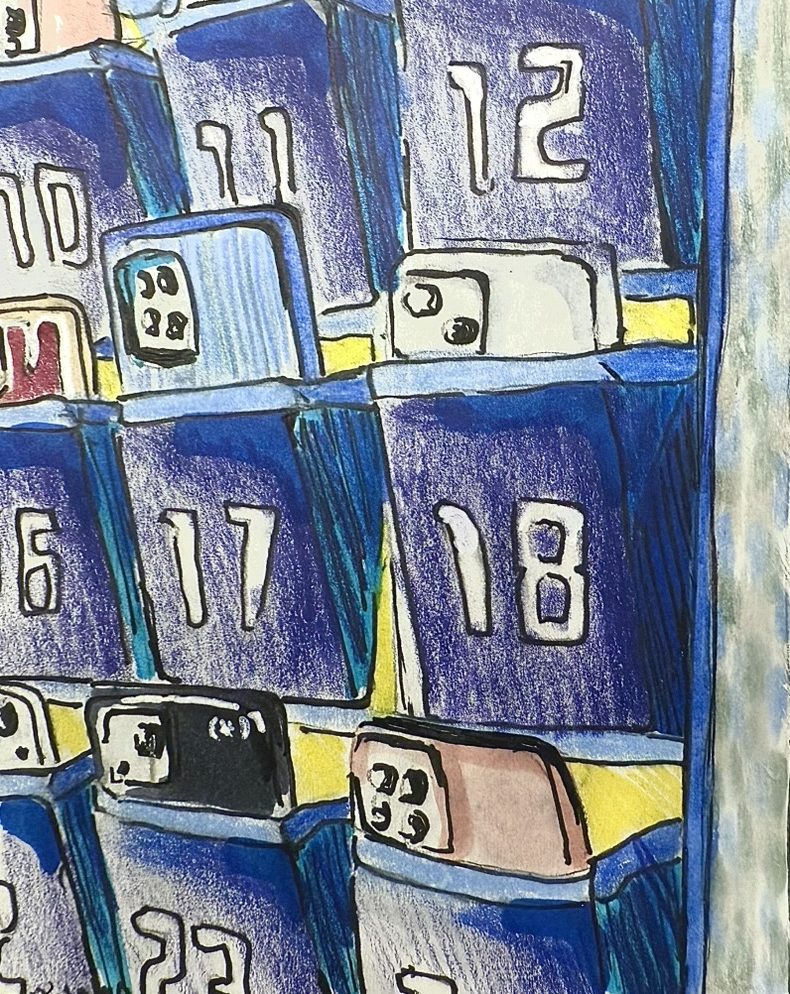




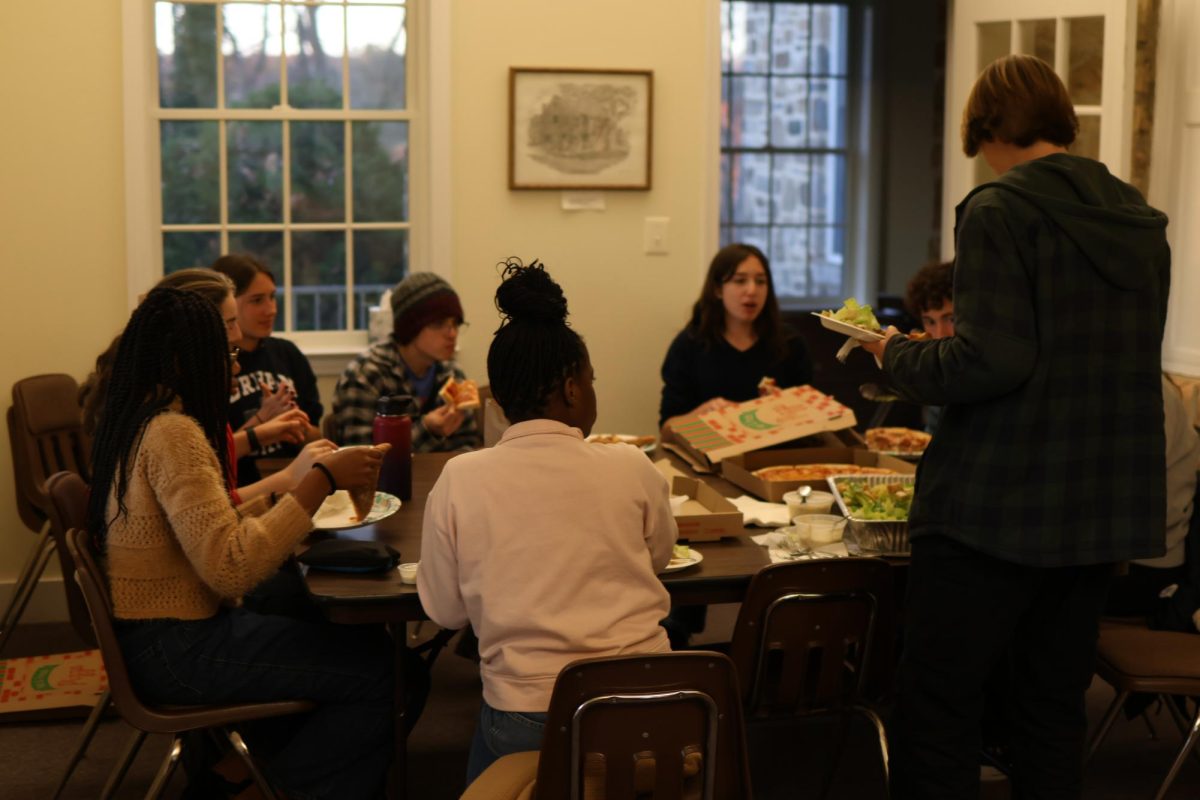

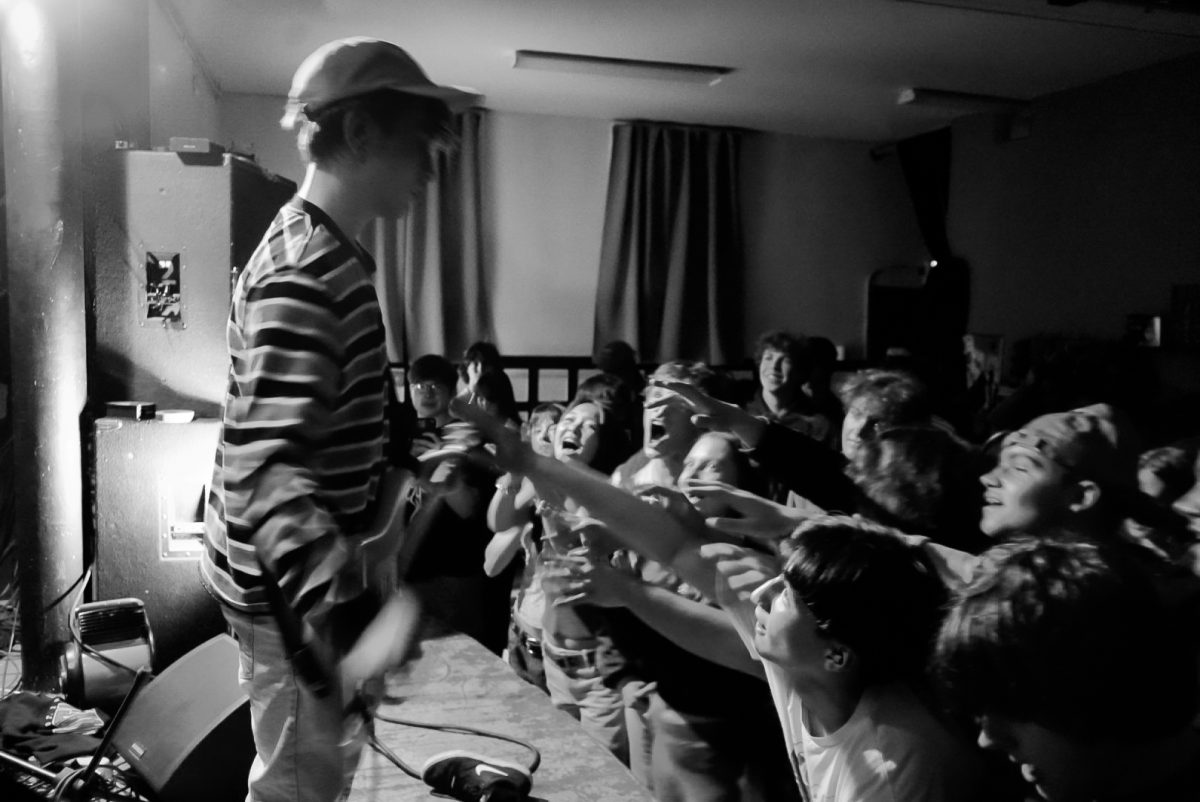

![How Freestyle Club Began [Podcast]](https://thequakerquill.org/wp-content/uploads/2025/05/charly-alvarez-Jv9untmB7G4-unsplash-1200x800.jpg)











